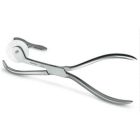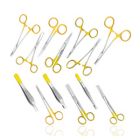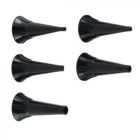The Difference Between Disposable and Reusable Medical Equipment: Which is Best?

In today's healthcare landscape, medical professionals must decide when selecting equipment: this situation hopefully they choose the right option of either disposable or reusable devices. It has implications to patient safety, the environment, and the cost of practice since such equipment consumes more energy. It is time to compare the mentioned options in detail and find out which of them would be more suitable for today’s healthcare environment.
Understanding the Basics
Medical equipment is anything from a simple tool for diagnosing a condition to operating instruments in a healthcare facility. The superficial or simple-use devices are intended for use on a single patient for one surgical procedure only Reusable instruments on the hand are those that have to go through a thorough cleaning, decontamination, and ultraviolet light sterilisation before being reused.
Patient Safety: The Primary Concern
Health care-associated diseases commonly abbreviated as HAI, symbolise a large problem in the health sector. Reusable devices, by their nature, are more likely to become a source of cross-contamination and thus surgical site infections than the single-use devices. Surgical devices, which are used only once, are delivered already sterile and sealed in individual sterile wraps which eradicates these dangers. This superior safety profile has engendered a steady move towards disposable equipment in many healthcare centres.
The Environmental Perspective
The environmental costs associated with medical equipment are not so simple to assess. Even though disposable devices are one of the sources of the ever-growing problem of biomedical waste, where globally healthcare facilities produce 4 billion pounds per year, reusable equipment is not exempt from having an environmental impact. The reprocessing of reusable devices requires substantial resources:
- Large quantities of water
- Chemical detergents and disinfectants
- Cleaning equipment and tools
- High energy usage
- Steam generation for sterilisation
However, the social impacts of disposability are already being tackled by new technologies for making equipment disposable. Current brands are supplying biodegradable plastics while others target to develop an instrument that is recyclable to thermoplastic.
Cost Considerations
Recallable equipment though appears to be cheaper in the first instance. But first, let us look at the essential fact that reusable devices are not as cheap as they may seem at first sight. Hidden expenses include:
- These include cleaning utensils and products, cleaning tools and gadgets.
- Human resource costs include the cost of training the staff and other employee expenses.
- Maintenance and repairs
- Sterilisation processes
- control and sharing of tracking and inventory.
- Daily, weekly, or monthly replacement of worn items
In contrast, single-use devices come into the operating room fully assembled and therefore no bulk reprocessing costs and time would have been used. This efficiency may be highly valuable for an organisation in that it may result in cost savings over a while.
Time and Efficiency
This constant he suggests is busy and challenging to manage because of the ever-thinning timeline that defines modern healthcare industries. Single-use devices are also easily and readily available and can be utilised without calling for reprocessing thus freeing a lot of time for the medical staff to attend to patients. This becomes even more useful during stressful conditions or in case of an emergency being conducted.
The Verdict
While both options have their place in modern healthcare, the trend towards single-use medical devices continues to grow, driven by several key factors:
- Superior patient safety through eliminated risk of cross-contamination
- Immediate availability and time savings
- Increasingly eco-friendly manufacturing solutions
- Overall cost efficiency when considering all factors
However, the choice between disposable and reusable equipment often depends on specific circumstances, including:
- The type of procedure
- Facility resources
- Budget constraints
- Environmental policies
- Local regulations
Looking Ahead
As technology advances, we're likely to see continued innovation in both categories. Manufacturers are working to develop more environmentally sustainable disposable options whilst improving the safety and efficiency of reusable devices. Healthcare facilities must stay informed about these developments to make the best choices for their specific needs.
Conclusion
Whilst both disposable and reusable medical equipment have their merits, the increasing focus on patient safety, combined with technological advancements and improved cost-efficiency, suggests that single-use devices will continue to gain prominence in healthcare settings. The key lies in making informed decisions based on specific needs whilst remaining mindful of both safety and environmental responsibilities.
 Offers
Offers


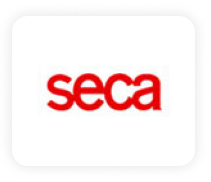















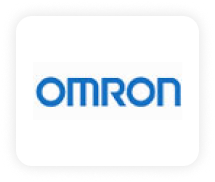








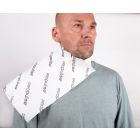
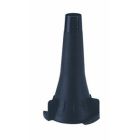
![Medicine Cups Plastic Disposable 30ml [PACK OF 200]](https://ahpmedicals.com/media/catalog/product/cache/5e1876c673de082c581639cdae9b2d13/7/5/7536_1.jpg)
![Propulse Disposable One Use Jet Tips [Pack of 100]](https://ahpmedicals.com/media/catalog/product/cache/5e1876c673de082c581639cdae9b2d13/7/9/7917_1.jpg)
